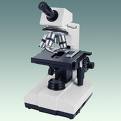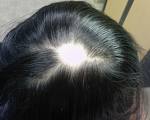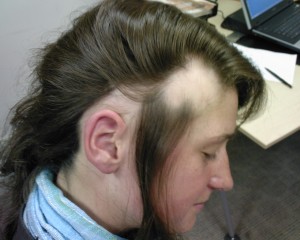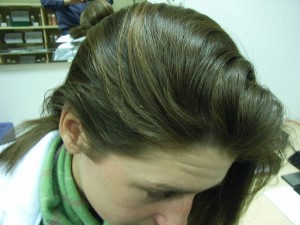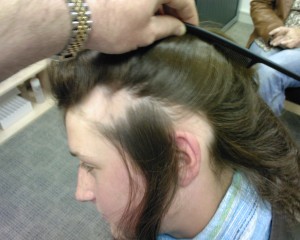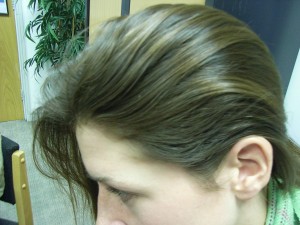19.06.2008
in Uncategorized
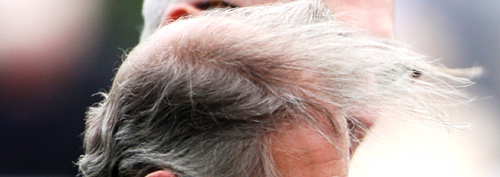
Grandma told you that it was normal to lose 100 hairs a day. How did she know? Did she ever count them? Was that an average, or specific to you? Is it what you should expect at the age of 16 or 60?
No one knew. Until now, even dermatologists who specialize in hair loss took it as an unsubstantiated given that it’s normal to lose 100 hairs a day, based on the wisdom of the ages and backed by a mathematical equation. The equation assumes that the average head has 100,000 hairs, 10% of which are in the telogen, or resting, phase. That means they’re no longer growing, they’re getting ready to give it up, but they’re going to take about 100 days before they bail out and hit the shower floor, curl up in the sink drain or entwine themselves around the bristles of your brush. So 10% of 100,000 is 10,000. Divide that by 100 days and you get a daily loss of 100 hairs a day.
Not to split hairs, but the neatly figured math was based on…well, nothing. No one ever proved that we have an average of 100,000 hairs. “This number has been passed down without anyone ever questioning it,” says Dr. Jeffrey Miller, professor of dermatology at Penn State College of Medicine.
So instead of counting hairs, or assuming a number that’s normal, Miller and colleagues came up with a quick and reliable way to figure out if you’re balding. In a study published in this month’s Archives of Dermatology, researchers studied hair loss in 60 men, half age 20 to 40 and half age 40 to 60, all of whom had healthy heads of hair and no signs of going bald.
They were all given identical combs and told to shampoo every day for three days. On the fourth day, before shampooing, they each combed their hair forward over a pillow case for 60 seconds. Then they counted the hairs on the pillow case.
The average number was almost identical for both age groups: 10.2 hairs on the pillow case for the younger group, 10.3 hairs for the older group. And when the same men repeated the drill six months later, the counts remained the same, indicating they were in no immediate danger of balding.
“It doesn’t matter what kind of comb or brush you use as long as you use the same one,” says Miller. “And make sure it’s clean when you start.” The range of hair loss in the study was 0 to 78 hairs among the younger men, and 0 to 48 among the older men, though most lost about 10 hairs in the 60 seconds of combing.
The number of hairs on your pillow matters less than that the number remains consistent. Do it three days a month, and track it for six months. “It’s a simple, objective home test for a condition that’s fraught with emotion,” says Miller.
If the number of hairs shed remain consistent with each 60-second comb-out, you’re probably not over-shedding. But if there’s an increase, you might consult a dermatologist for an evaluation. Hair loss can result from low thyroid output, from low levels of iron or from some medications.
The study was funded by Merck & Co., which makes Propecia, a drug to treat hair loss. And Miller is a consultant for Pfizer Inc., which makes Rogaine and is testing other drugs for hair loss. But neither company influenced the study, he says.
Miller is currently working on a similar study of women’s hair loss.
http://latimesblogs.latimes.com/booster_shots/2008/06/balding-test-yo.html
Do you have Hair Loss Problems, read our Hair Loss Help





